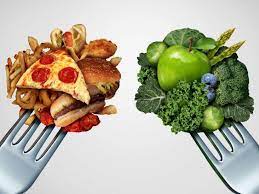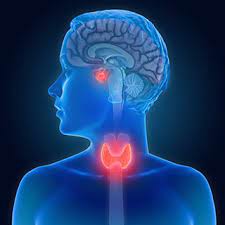Health Aspects of Fast Food Consumption
Fast food is a food that is designed to be delivered quickly within a few minutes and is rich in calories and unhealthy fats. Examples include McDonald's hamburgers, French fries, pastries, pizzas, biscuits and nuggets.
According to fast food statistics, approximately 85 million American adults consume a certain type of fast food every day, which makes it the leader in fast food consumption [1].
Nutrition: Fast food is relatively low in nutrition and contains high-calorie unhealthy elements. These elements include high sugar, salt, processed ingredients and saturated fat concentration. The average adult consumes approximately 836 calories per fast food meal.
benefit:
Fast food is the fastest way to prepare meals. You can prepare a whole meal in 10-15 minutes. Moreover, you can also order it when you are under pressure at work or do not want to cook. This is the cheapest and convenient option to satisfy your hunger. You can order a full meal at your doorstep for less than $10.
Disadvantages: Most people underestimate their calorie intake when eating fast food. An average person consumes approximately 836 calories per meal. Fast food contains high content of sugar, salt and Tran fat, making it high in calories and low in nutrition. Fast food promotes consumer weight gain and obesity. Since most of the beverages we order with fast food contain high levels of sugar, this can cause problems with insulin response, leading to the risk of diabetes, weight gain, and obesity. Obesity can also cause muscle mass and bone density problems. Being overweight can also cause fractures and fractures, because it increases the chance of falling.

Edema is swelling caused by water retention in different parts of the body. It may be caused by ingesting the combination of sugar, salt and fat present in fast food. It can cause feeling bloated, puffy and swollen after eating. It can also increase blood pressure and blood sugar levels.
High levels of fast food consumption can also lead to hormonal disruption, which in most cases can lead to infertility and birth defects. Children and adults who eat fast food more than 3 times a week may suffer from acne problems due to high carbohydrate intake and hormonal interruption[2][3].

Some healthy fast food substitutes:
1. Roasted rather than fried food is the healthiest choice. Including grilled chicken, grilled chicken nuggets and grilled steak.
2. Use zero-calorie beverages
3. Be careful when using condiments and condiments. Try to avoid mayonnaise and oil-based sauces.
4. Burger ingredients, such as cheese, onion rings and bacon, can add a lot of calories to your meal. Try to replace these with kimchi and salad.
5. Vegetable burgers and sandwiches are better than meat burgers [4].
6. Raw vegetable and fruit salad, it gives us fiber and antioxidants.
7. Vegetable and dried bean soup made with olive oil.
8. Low-fat milk, pure fruit and vegetable juice.
9. Carton and tube seasoned yogurt.
10. Bread or biscuits with peanut butter [5].
References:
1-TIF PROCEDURE. (n.d.). Fast Food Consumption in the United States. Retrieved from Gerdhelp: https://www.gerdhelp.com/blog/fast-food-consumption-in-the-united-states/
2-Huzar, T. (2019, April 1). What
happens when you eat fast food? Retrieved November 4, 2021, from
MedicalNewsToday: https://www.medicalnewstoday.com/articles/324673#summary
3-Miller, K. (n.d.). 19 Advantages and Disadvantages of Fast Food. Retrieved from FutureofWorking: https://futureofworking.com/8-advantages-and-disadvantages-of-fast-food/
4-Melinda Smith, M. a. (2021, August). Healthy Fast Food. Retrieved November 4, 2021, from HelpGuide: https://www.helpguide.org/articles/healthy-eating/healthier-fast-food.htm
5-Elizabeth M. Ward. (n.d.). Make and Take Meals: Fast-Food Alternatives. Retrieved from Grow by WebMD: https://www.webmd.com/parenting/features/fast-food-alternatives#1




